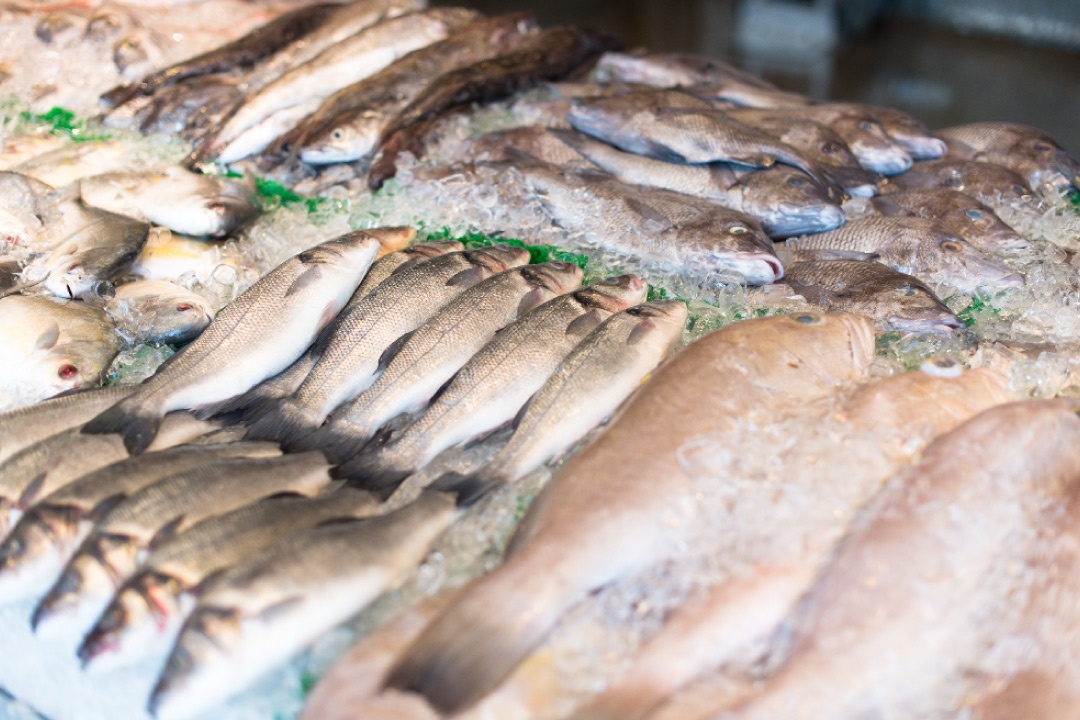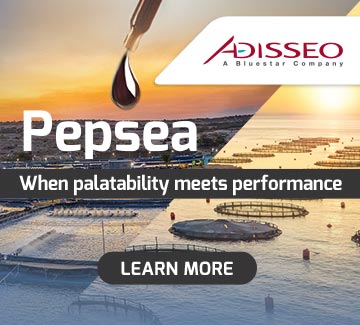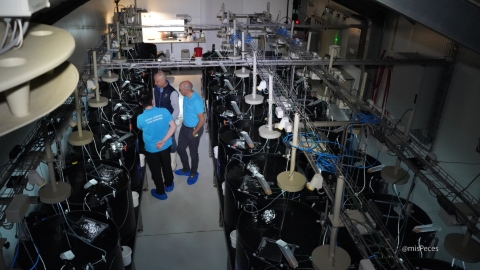
Seafood mislabeling in the European Union remains an unresolved issue as we approach 2025, with significant implications for consumer trust, sustainability, and public health. Various studies have reported mislabeling rates ranging between 20% and 50%, depending on the country and the species in question.
The primary driver of seafood sustainability is economic substitution-replacing high-value species with cheaper alternatives. In other cases, aside from economic fraud, mistakes arise due to complex supply chains and a lack of understanding regarding proper labeling standards.
In the EU, species such as cod, tuna, and sole are particularly vulnerable to mislabeling, especially in processed and frozen products.
While seafood mislabeling is not an issue confined to Europe, the causes behind this practice vary widely.
In the United States, the factor driving mislabeling largely mirror those in Europe. However, the EU is more advanced in terms of regulations and traceability, which can aid in identifying and addressing the problem. Differences also exists in terms of species, in the U.S., salmon and crab are among the most frequently mislabeled.
In Latin America countries such Peru, Mexico, and Brazil, lax market regulations and high demand for species like grouper and shrimp contribute to the prevalence of mislabeling.
In Asia, high rates of seafood mislabeling are linked to both export and domestic products, where generic names are often used for low-value species.
Preventing seafood mislabeling requires a comprehensive approach that integrates enhanced international regulations, strengthened traceability across supply chains, and the use of advanced technologies such as DNA analysis to verify species authenticity.
Equally important is the education of consumers and suppliers about the importance of accurate labeling and the consequences of fraud. Collaboration among governments, non-governmental organisations, and the industry is essential to curbing the incidence of this global issue.


